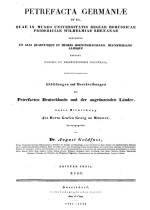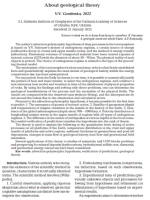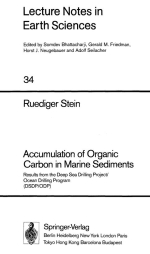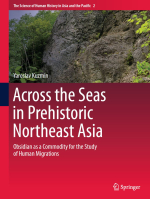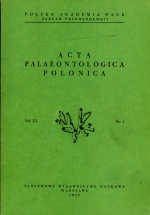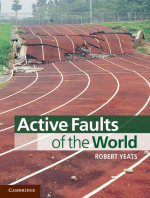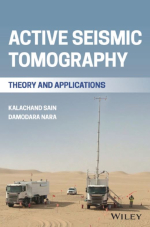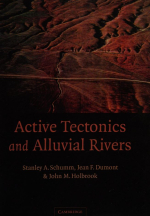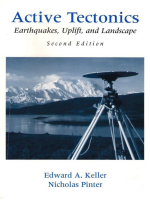Relatively frequently found, the specimens of Homalonotinae are, in general, poorly preserved and, therefore, they are among the groups of trilobites that have so far been rather insufficiently studied. Since their occurrence is limited to the Llandovery through Middle Devonian, they may serve as a good index fossil. Their paleogeographical and correlative importance in the Upper Silurian and Lower Devonian was discussed separately (Tomczykowa, 1974).
The materials, on which the present paper is based, were collected by the writer in 1956—1958 in the Holy Cross Mts. Most of them, however, come from the boreholes managed by the Geological Institute, that is, from Goldap, Bostow, Ciepielow, Bialopole, Krowie Bagno, Lopiennik, Strzelce IG-2 and Zakrzew IG-3, as well as from the drillings of the Oil Research Survey (Malochwiej and Rozkopaczew boreholes) (Text-fig. 1). <...>


